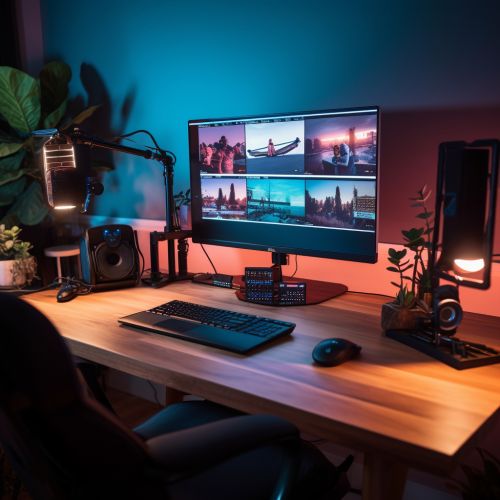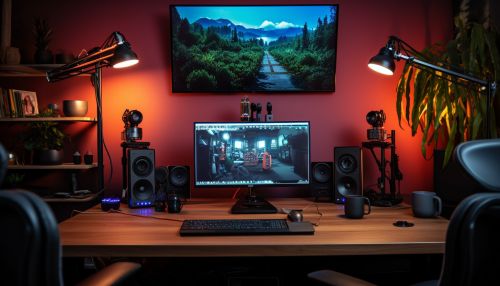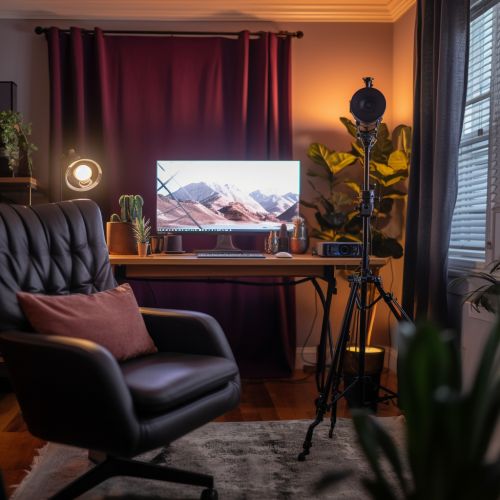Webcam Modeling
Introduction
Webcam modeling, also known as camming, is a form of online performance where a model broadcasts live webcam footage on the Internet. The model often performs sexual acts in exchange for money, goods, or attention. Webcam modeling is a significant part of the adult entertainment industry and has gained popularity in recent years due to the rise of the Internet and the ease of access to high-speed connections read more.


History
The history of webcam modeling can be traced back to the late 1990s, with the advent of the Internet and the proliferation of webcams. The first webcam model was a woman from California, who started broadcasting her live webcam shows from her dorm room at the University of California, Santa Barbara in 1996. This marked the beginning of what would become a multi-billion dollar industry read more.


Industry Overview
Webcam modeling is a rapidly growing industry, with an estimated worth of over $1 billion. The industry is primarily dominated by female models, but there are also male and transgender models. The majority of the revenue in the webcam modeling industry comes from private shows, where viewers pay a premium to interact with the model one-on-one read more.


Working Conditions
Webcam models typically work from home, which allows for a flexible work schedule. However, the job can be mentally and physically demanding, as models are expected to maintain a certain level of attractiveness and engage in sexual acts for extended periods. Despite these challenges, many models find the job rewarding and enjoy the freedom and flexibility it offers read more.


Legal and Ethical Issues
There are several legal and ethical issues associated with webcam modeling. These include issues related to privacy, exploitation, and consent. Models often face harassment and stalking, and there are concerns about the potential for human trafficking and exploitation in the industry read more.


Future of Webcam Modeling
The future of webcam modeling looks promising, with technological advancements such as virtual reality and haptic technology expected to enhance the user experience. However, the industry also faces challenges, such as increasing competition and the need for better regulation to protect models read more.


